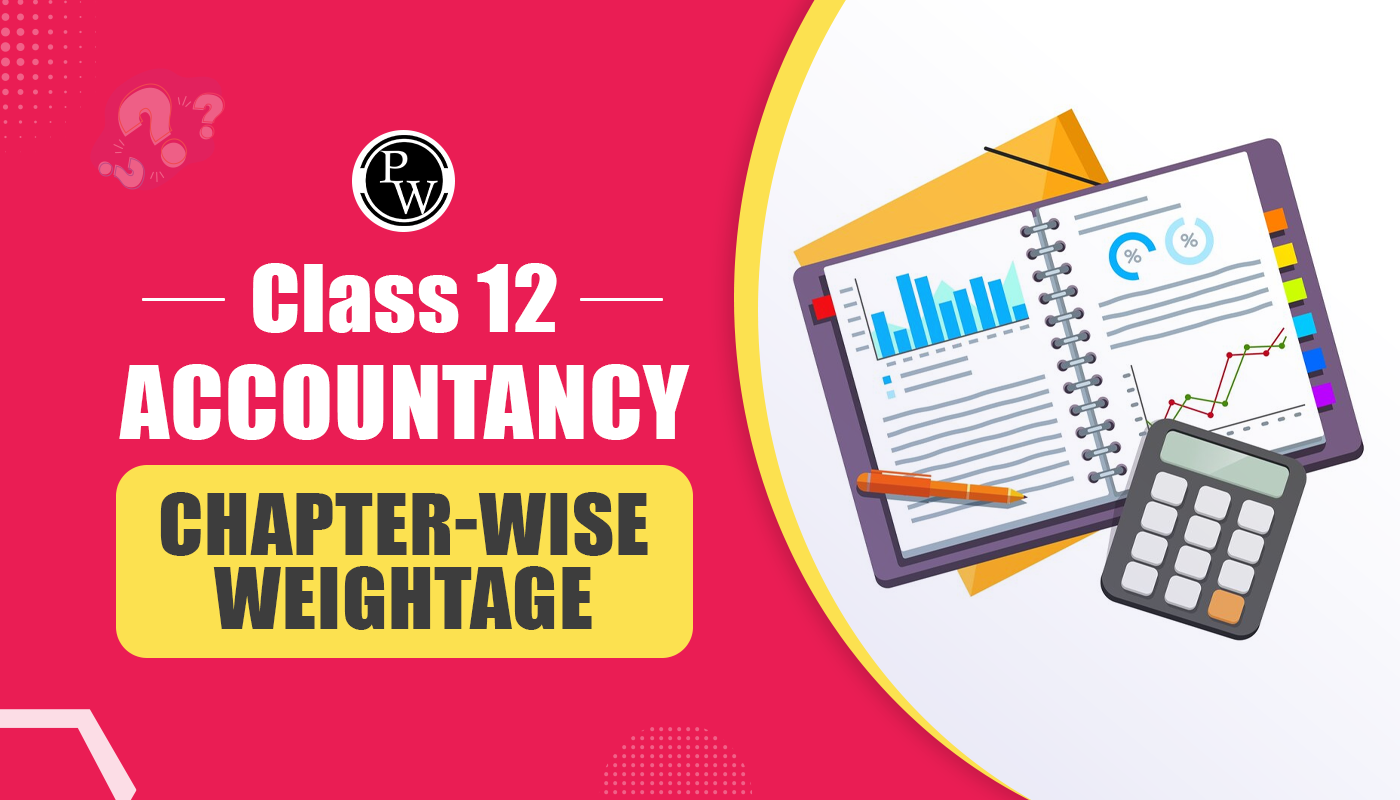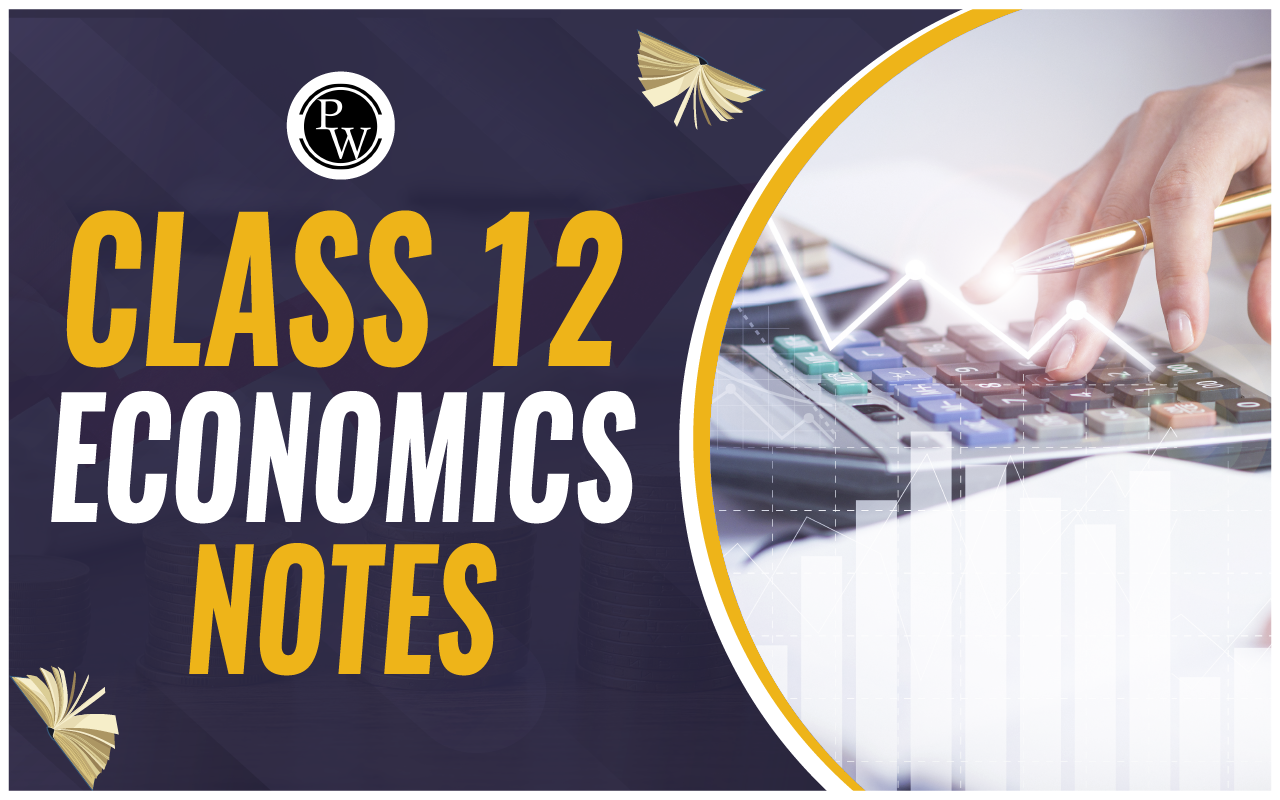
The Debenture Redemption Reserve (DRR) is a mandated measure set up by the RBI to protect investors in the event of a payment failure.
Every business needs financial resources to keep and grow, and there are various ways for companies to secure funds. Besides utilizing the owner's capital, companies can raise funds through debt by offering debentures or getting loans. Debt financing involves the redemption of debentures, showing that these financial instruments can be fully returned once their term ends, settling any remaining debts to debenture holders or lenders who made loans.What is Debenture Redemption Reserve (DRR)?
By the rules outlined in the Companies Act of 1956, a company must give a part of its yearly earnings to the Debenture Redemption Reserve (DRR) until the debentures are fully repaid. As mentioned in Section 117C of the Companies Act of 1956 (amended in 2000): (a) For debentures issued by a company after the start of this Act, the company must create a Debenture Redemption Reserve dedicated to returning these debentures. An acceptable amount should be added to this cushion from the company's income each year until the debentures are repaid. (b) The funds given to the Debenture Redemption Reserve are limited to redeem debentures and cannot be utilized by the company for any other purpose.What is Debenture Redemption Investment (DRI)?
Debenture Redemption Investment (DRI) is a process whereby a business that issues debentures puts aside a balance to repay these financial assets. Typically, the investment made for this reason should represent a minimum of 15% of the total value of the debentures intended for repayment within the fiscal year. Specific securities have been identified for companies to spend the given funds and form the Debenture Redemption Reserve (DRR) It is important to note that the needed investment or payment by the company exceeds 15% of the remaining amount to be repaid by March 31st of the fiscal year. Additionally, these funds must be deposited in the designated stocks on or before April 30th of the same calendar year.Redemption of Debentures Journal Entries
The redemption of debentures involves recording journal entries to reflect the repayment of debt and, in some cases, transferring amounts to specific reserves. Below are the journal entries related to the redemption of debentures:1. Amount Paid on Redemption
This entry is made when the company repays the debenture holders, reducing its liability by debiting the debenture account and crediting the bank account.Journal Entry:
Debentures Account Dr. To Bank Account (Being the amount paid on redemption of debentures)2. For Transferring to Debenture Redemption Reserve (DRR)
To ensure the safety of debenture holders, a company may transfer a part of its profits to the Debenture Redemption Reserve. This reserve is created from profits and set aside specifically for the purpose of debenture redemption.Journal Entry:
Profit and Loss Appropriation Account Dr. To Debenture Redemption Reserve AccountSEBI Guidelines Regarding Debenture Redemption Reserve
SEBI, the Securities and Exchange Board of India, has outlined guidelines about the redemption of debentures, with key points summarized as follows:- Companies are required to establish a Debenture Redemption Reserve when issuing debentures redeemable after a period exceeding 18 months from the date of issuance.
- The obligation to create a Debenture Redemption Reserve applies solely to non-convertible debentures and the non-convertible portion of partly convertible debentures.
- A company must create a Debenture Redemption Reserve amounting to at least 50% of the debenture issue before initiating the redemption process.
- Withdrawal from the Debenture Redemption Reserve is allowed only after the company has reduced at least 10% of the debenture liability.
Clarification Regarding Creation of DRR
Clarifications regarding the creation of the Debenture Redemption Reserve (DRR) have been given by the Department of Company Affairs, Government of India, through Circular No. 9/2002 dated 18.04.2002, as explained below: (a) All India Financial Institutions, controlled by the RBI, and Banking Companies offering both public and privately put debentures are free from the requirement of making a DRR. (b) No Debenture Redemption Reserve is required for privately put debentures. (c) Section 117C is applicable to debentures issued before 13.12.2000 and still awaiting repayment, requiring the creation of a DRR for such debentures. (d) Section 117C is applicable to the non-convertible portion of debentures, whether fully or partly paid. The Debenture Redemption Reserve is recorded in the liability part of the Balance Sheet under "Reserves and Surpluses." Upon the redemption of debentures, the equivalent amount from the Debenture repurchase Reserve is transferred to the General Reserve.Also Check: Scope of Financial Management
Methods of Redemption of Debentures
The debentures may be redeemed in four different ways.- Lump Sum Payment
- Installment Payments
- Open Market Purchase
- Conversion into Shares or New Debentures
Lump Sum Payment
The company settles the debentures by making a single payment to the debenture holders upon maturity, adhering to the terms of the issuance.Installment Payments
In this approach, debentures are typically redeemed in periodic instalments on specified dates throughout their tenure. The total debenture liability is divided by the number of years, with the identification of debentures for redemption determined through a lottery system.Open Market Purchase
Redemption can also occur through the company's acquisition of its own debentures for cancellation. This act of buying and canceling the debentures is considered a form of redemption through open market purchase.Conversion into Shares or New Debentures
Companies also have the option of either converting the debentures into shares or new debentures. At this point, debenture holders have the ability to choose either convert debentures into either shares or new debentures should the terms be more beneficial to them. These new shares or debentures can be issued at par, a discount, or a premium. It should be noted that the actual proceeds generated by the debenture are the determining factor that will be used to calculate the number of shares.| Read Related Topics | |
| Indifference Curve | Functions of Marketing |
| Discharge of Contract | Reverse Repo Rate |
| Diminishing Balance Method | What is Consumer Awareness? |
| Suit for Damages | Capital Reserve |
Debenture Redemption Reserve FAQs
What is the main difference between DRR and DRI?
DRI is set up on or before the 30th of April of the fiscal year in which the debentures are scheduled for redemption, while DRR is created at any time before the debentures are redeemed.
What exactly is DRI in debentures?
DRI stands for Debenture Redemption Investment. In addition to DRR, companies must invest 15% in Specified Securities by 30 April of the current year.
Who is a debenture holder?
The company borrows money from the lender, who is referred to as a "debenture holder" in the process. The corporation gives the debenture holder a note guaranteeing to return their money plus a set amount of interest.
What is the maximum debenture term?
Secured debentures cannot be issued for more than ten years from the date of issuance.
Who is a debenture trustee?
A Debenture Trustee is chosen to represent and preserve the interests of Debenture/Bond holders.
Talk to a counsellorHave doubts? Our support team will be happy to assist you!

Check out these Related Articles
Free Learning Resources
PW Books
Notes (Class 10-12)
PW Study Materials
Notes (Class 6-9)
Ncert Solutions
Govt Exams
Class 6th to 12th Online Courses
Govt Job Exams Courses
UPSC Coaching
Defence Exam Coaching
Gate Exam Coaching
Other Exams
Know about Physics Wallah
Physics Wallah is an Indian edtech platform that provides accessible & comprehensive learning experiences to students from Class 6th to postgraduate level. We also provide extensive NCERT solutions, sample paper, NEET, JEE Mains, BITSAT previous year papers & more such resources to students. Physics Wallah also caters to over 3.5 million registered students and over 78 lakh+ Youtube subscribers with 4.8 rating on its app.
We Stand Out because
We provide students with intensive courses with India’s qualified & experienced faculties & mentors. PW strives to make the learning experience comprehensive and accessible for students of all sections of society. We believe in empowering every single student who couldn't dream of a good career in engineering and medical field earlier.
Our Key Focus Areas
Physics Wallah's main focus is to make the learning experience as economical as possible for all students. With our affordable courses like Lakshya, Udaan and Arjuna and many others, we have been able to provide a platform for lakhs of aspirants. From providing Chemistry, Maths, Physics formula to giving e-books of eminent authors like RD Sharma, RS Aggarwal and Lakhmir Singh, PW focuses on every single student's need for preparation.
What Makes Us Different
Physics Wallah strives to develop a comprehensive pedagogical structure for students, where they get a state-of-the-art learning experience with study material and resources. Apart from catering students preparing for JEE Mains and NEET, PW also provides study material for each state board like Uttar Pradesh, Bihar, and others
Copyright © 2025 Physicswallah Limited All rights reserved.
Get App









